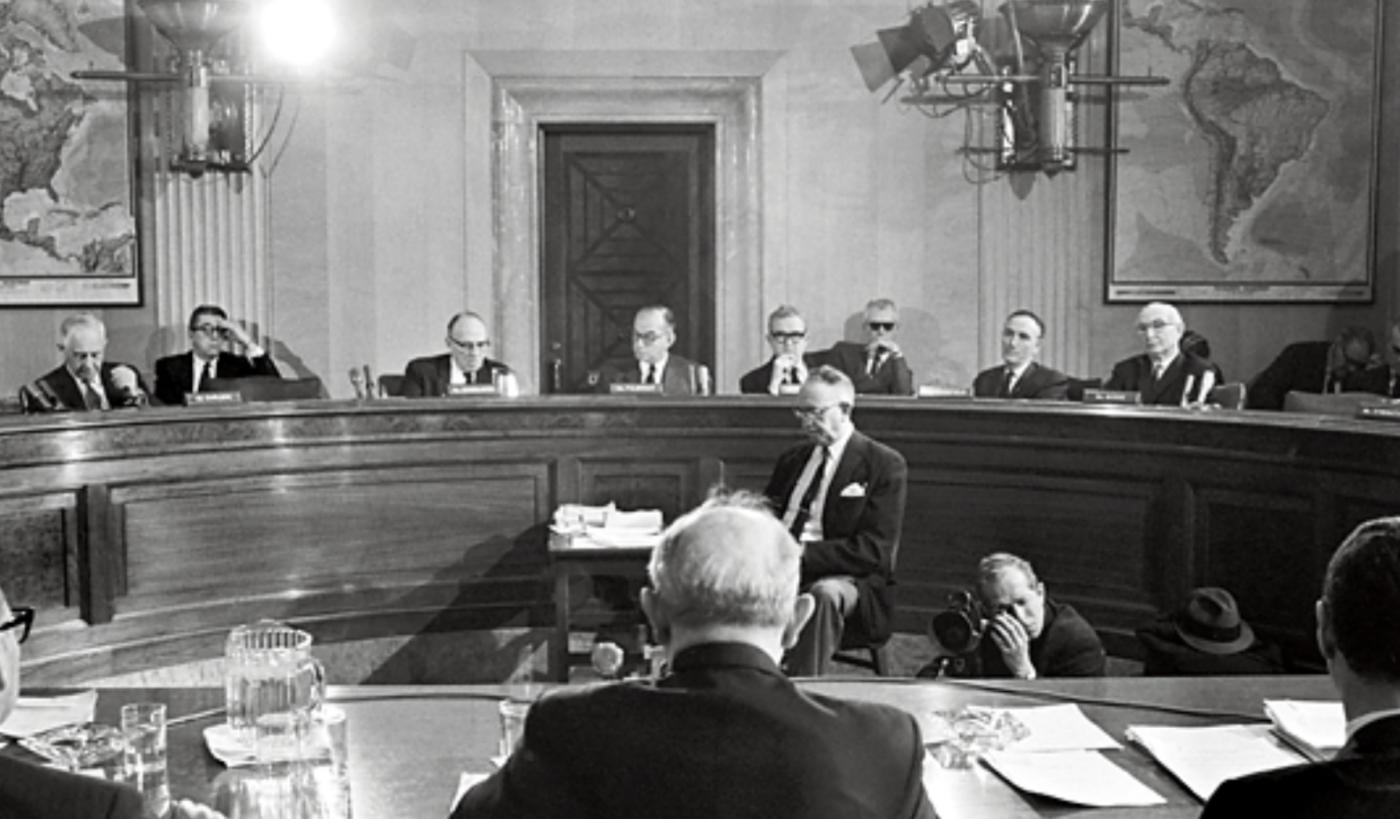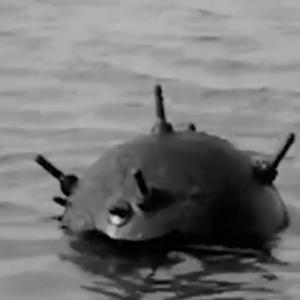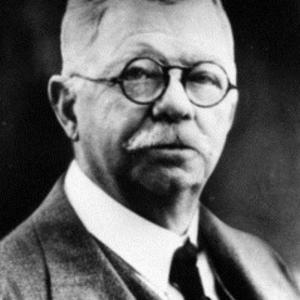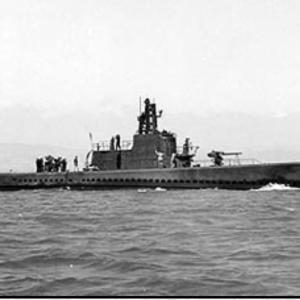
On this day in military history…
On November 7, 1973, the United States Senate made a historic decision to limit the president’s power to control war. They passed the War Powers Resolution after voting to override President Richard Nixon’s veto. This means they forced the law into effect even though Nixon tried to stop it. It was one of the strongest times Congress pushed back against a president during the Vietnam War era.
The War Powers Resolution said that the president can only send American troops into combat for 60 days without getting official approval from Congress. If the president does send troops, he must also inform Congress within 48 hours. If Congress does not approve, the troops must be brought back home. This was meant to stop any president from secretly expanding a war without the knowledge or permission of the American people and their elected leaders.
This law was created because of the long and painful Vietnam War. In 1964, Congress had passed the Gulf of Tonkin Resolution, which gave President Lyndon B. Johnson near unlimited power to use military force in Vietnam without declaring war officially. Richard Nixon continued that policy when he became president. He not only kept the war going, but he also secretly expanded bombing into Cambodia and Laos. Many members of Congress and the public felt betrayed when they found out, which caused a serious loss of trust in the government.
By the early 1973 period, most Americans were angry about the war’s cost in lives and money. Protests were common, and confidence in the presidency was falling. Congress felt it had made a mistake by giving away too much power in the 1960s. So on November 7, 1973, they acted strongly to correct it.
The result of this vote was very important. It reduced Nixon’s personal control over the military and clearly reminded future presidents that they must work with Congress when it comes to war. It also showed that Nixon was losing political power, especially as the Watergate scandal was growing stronger and would force him to resign the following year.
In the years after, some presidents tried to find ways around the War Powers Resolution, but it still set a major legal and symbolic limit. The decision made on November 7, 1973 is remembered as the moment Congress finally stepped in and said that no president should have unlimited power to send Americans into war on their own.










